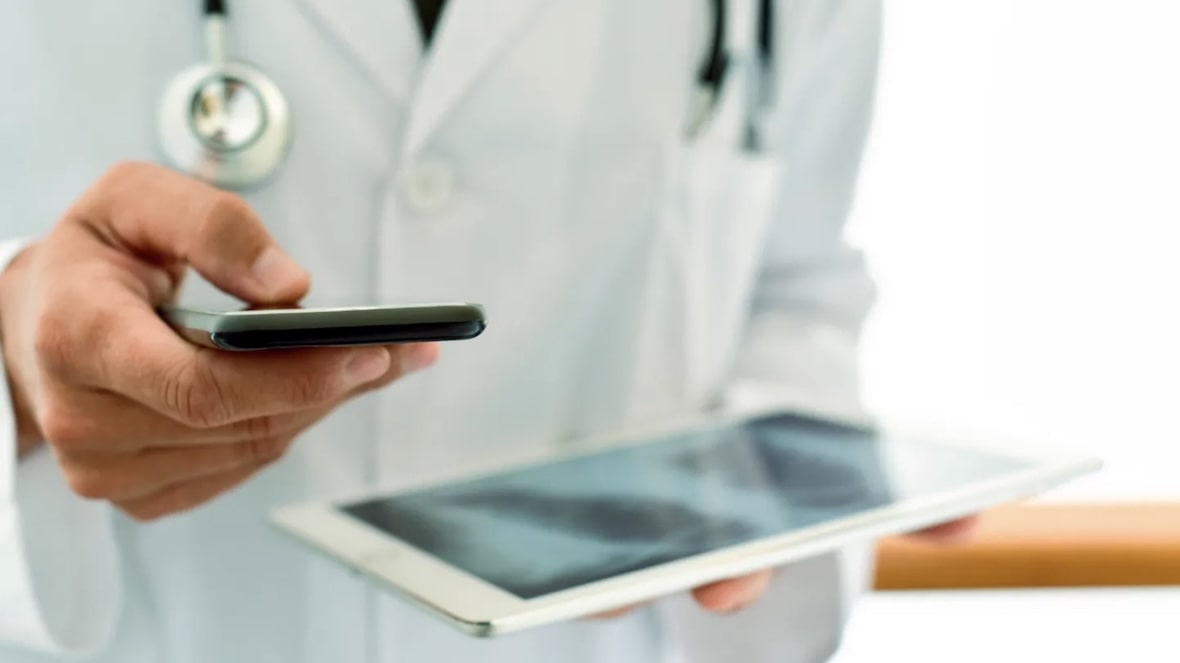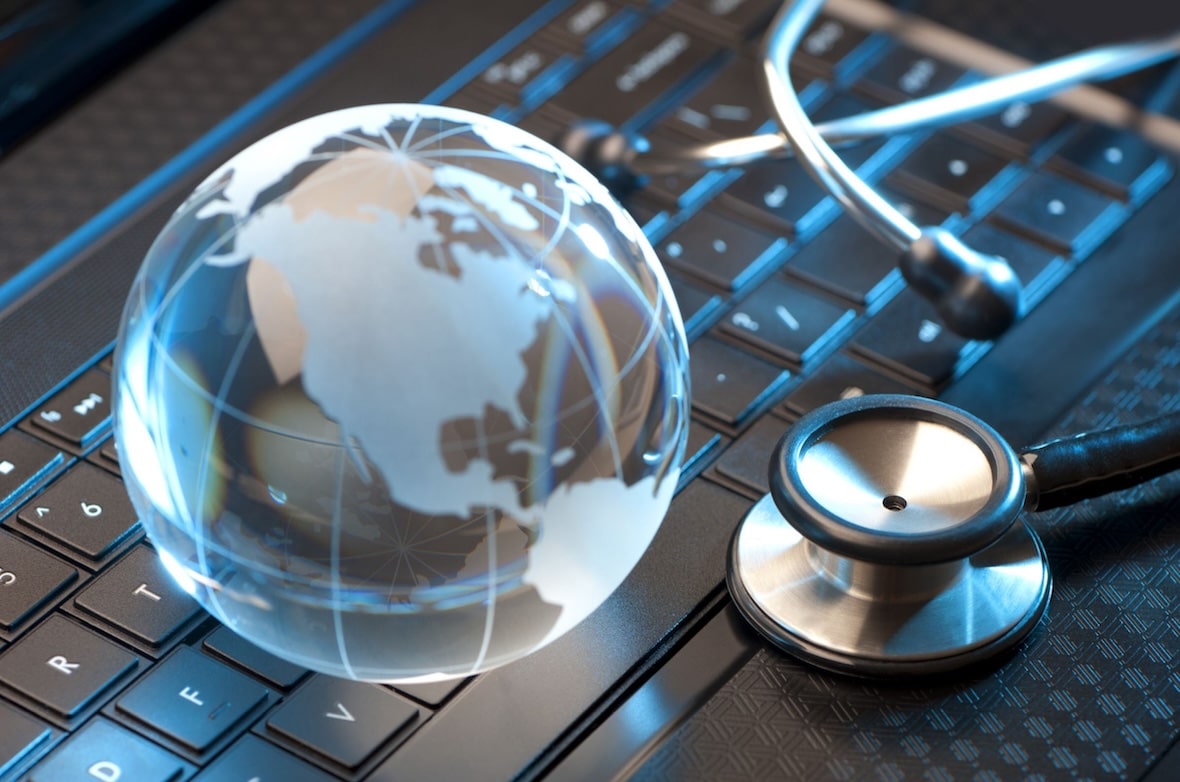My Apple Watch (linked to my iPhone) can remind me that I’m running late for a meeting before I even realise that the meeting is in my diary, and then google maps gives me voice directions to get there. I get notified of upcoming flights via text alert and push notification, and as I arrive at the airport lounge I can even place a digital order for coffee. I love that experience!
But as a patient, I still can’t even get an app that tells me when my next vaccination is due. Nor can I get easy access to medical advice without taking time off work to visit my doctor, only to be told I’ve just got a virus. 90% of the time I feel like I’m paying for peace of mind.
Thankfully, we can see the tide is changing and consumers are at the heart of that change. People are starting to demand better experiences from their healthcare providers and healthcare providers are beginning to acknowledge that creating better experiences can lead to improved health outcomes and reduced costs.
But some misconceptions remain about exactly how this change will come about. When people speak to me about patient engagement, unsurprisingly, the conversation often transitions to the subject of consumer wearable devices. This is not surprising when you look at the projected growth in the global wearables market – US$19 billion by 2018 – which is more than ten times its value five years prior. While this trend provides a useful proxy for human interest in personal health data, consumer-level and even medical-grade connected devices are unlikely to be the panacea of personal healthcare.
However, device abandonment rates remain high and hardware and associated algorithms have yet to mature to a level that enables significant cost savings. The cost of medical-grade devices also remains prohibitive for mass consumer adoption. And, most importantly, the data that we need to capture about individuals to keep them healthy and out of hospital will come from multiple sources, of which wearable data is but one and, wait for it, possibly notthe most important.
In no particular order, here are a handful of data types that impact on health outcomes:
- Social and behavioural data: (e.g. history of smoking, alcohol consumption, level of education, income)
- Psychological data: (e.g. stress, anxiety, depression)
- Environmental data (e.g. pollution, chemical exposure, emissions)
- Big transaction data (e.g. claims, financial transactions)
- Human-generated data (e.g. device, structured, unstructured, video, chat)
- Genomic data (still in its infancy but promises to become more accessible and normalised)
Plugging this data into an aggregated data store provides a comprehensive longitudinal health record for an individual, which in turn allows decision support tools to be applied at the point of care. Combining all forms of data into a single source of truth is essential for driving valuable insights about our personal health risks and enabling suitable interventions. To enable this brave new world, we need to be able to handle extremely large amounts of data.
We are in the age of Big Data. And it is a big deal. But how do we know that we’re helping our customers to collect the right type of data?
In short, we don’t know for sure. We can’t possibly predict the future. Instead, we use the best information we have to decide which new data type we will consume into our platform, balanced by the available technology to capture that data in the first place. From there our analytics platform takes over by providing us with insights on what is and isn’t important. All that being said, it’s important to remember that what may be easy to capture, may not necessarily be the most clinically important.
Despite advances in technology, the industry has yet to figure out exactly how to capture all of the relevant data points for the management of long-term conditions. For example, psychological data points such as whether a person is suffering from stress, depression or anxiety at any point in time, are increasingly recognised as important factors in the progression of chronic disease, but they are by no means easy to capture.
What is fascinating to me is that, in future, social media may play a surprising role in helping us to capture these less tangible data points. For example, researchers from the University of Cambridge and Stanford Business School argue that data from Facebook – the photos we upload, the statuses we share, the frequency and content of the messages we send to friends – is “more reliable” than offline self-reported information, which is often considered to be inadequate or incomplete when it comes to understanding how mental illness is affecting someone.
So what does that mean for Orion Health? Are we in the business of detecting psychological decline?
In short, not yet. But we are in the business of big data and analytics in healthcare, and we know that the importance of psychological data is incentive enough to figure out how we might capture it. If we neglect to address the profound importance of these data points among the factors that drive value into our big data platform, then we will fail to deliver measurable value to our customers, regardless of how much wearable device data we can capture, aggregate, store and analyse.
To learn more about the Seven A’s for Precision Medicine a white paper that will discuss a world with complete medical information is available. Precision Medicine is an emerging model of healthcare that combines all information unique to an individual, and identifies prevention and treatment strategies that will be effective for them based on genetic, environmental and lifestyle factors.
Download the white paper now.



